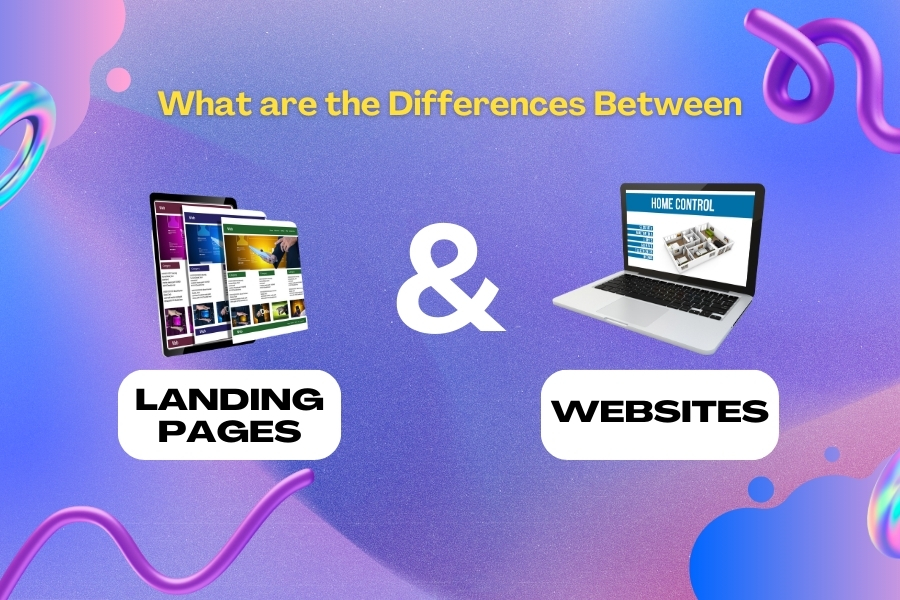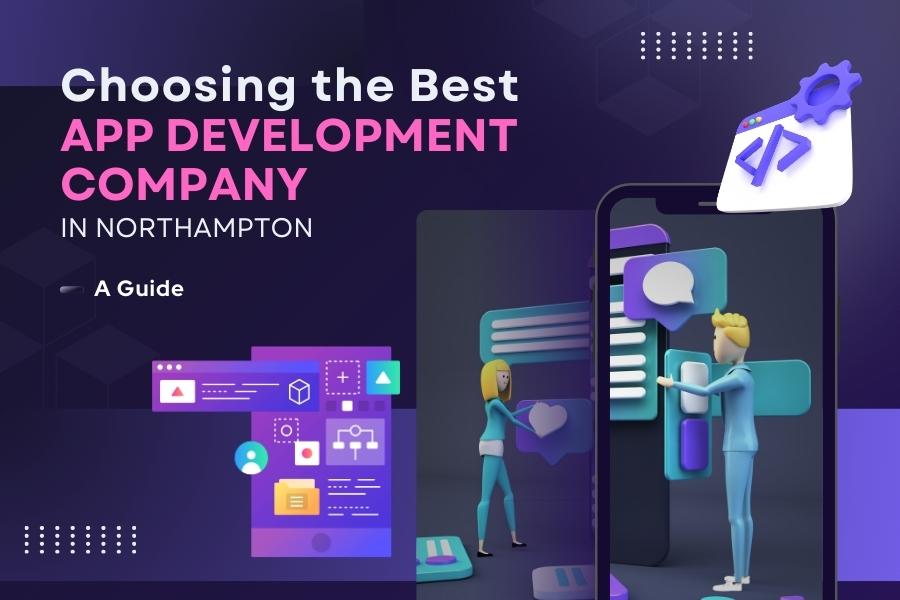
What are the Differences Between Landing Pages and Websites?
Websites and landing pages have different functions in the context of digital marketing. Businesses looking to maximise their online visibility and marketing efforts must be aware of the differences between them. The following is a comprehensive article. It delves into the differences between landing pages and sites. So let’s understand the differences between landing pages and websites.
Comparing Landing Pages and Websites: Exposing the Differences
The phrases "landing pages" and "websites" are sometimes used synonymously in the context of digital marketing. They have different purposes and are designed to achieve different goals. To use these two entities in their marketing strategy, organisations must understand how they differ from one another.
Recognising Landing Pages.
A landing page is a single webpage designed with the intention of converting site visitors. In contrast to websites that are meant to be explored and offer broad information. Landing pages are tailored to a specific campaign or deal. They are quite successful at generating conversions. This is because they are designed to lead users toward a single call to action.
Decoding Websites.
On the other hand, a website comprises several pages connected by a navigation menu. It acts as the primary entry point to a company's website. It provides a range of information and entices users to browse through parts. This includes the home, about us, services, goods, and contact pages. Websites, as opposed to landing pages, are made with many uses in mind. They offer a wider variety of features and content.
Important Differences
The following succinctly describes the differences between landing pages and websites:
Focus: Websites are made for browsing and offer broad information. Landing pages, on the other hand, are optimised for conversion and have a single, clear call to action.
Number of Pages: Websites are made up of several linked pages. Landing pages are stand-alone pages.
Navigation: Websites include a navigation menu that enables users to browse different parts. However, landing pages usually don't have one.
Design and Content: Websites provide a wider variety of designs to accommodate different user demands and preferences. Landing pages offer a more focused call to action with minimum design and material.
Audience Targeting: Websites serve a wider audience. Landing pages are made with a particular audience in mind.
Landing pages are made for a particular campaign or offer. Websites are meant to be all-inclusive online platforms that offer a wide range of features and information to organisations.
Selecting the Appropriate Strategy.
Using a website or landing page depends on the particular requirements and objectives of a business. For focused marketing initiatives like launching a limited-time promotion, promoting a new product or service, or gathering leads, landing pages are perfect. However, websites are necessary to build a strong online presence. They offer comprehensive details about a company, its goods, and services. They satisfy a range of consumer requirements and preferences.
Making Use of Website Development Services.
Businesses frequently use expert website building services to make sure landing pages and websites are used effectively. These services cover a broad range of products and services, such as bespoke website development, enterprise and customer-facing web app modernisation, UX/UI design, and ongoing support.
Conclusion
In summary, landing pages and websites have different functions and are designed to achieve different goals, even though they are both essential parts of a company's online presence and digital marketing strategy. Businesses must comprehend the distinctions between the two in order to maximise their marketing efforts and make wise judgments. Firms commonly seek after professional website creation services to guarantee the efficient use of landing pages and websites.


